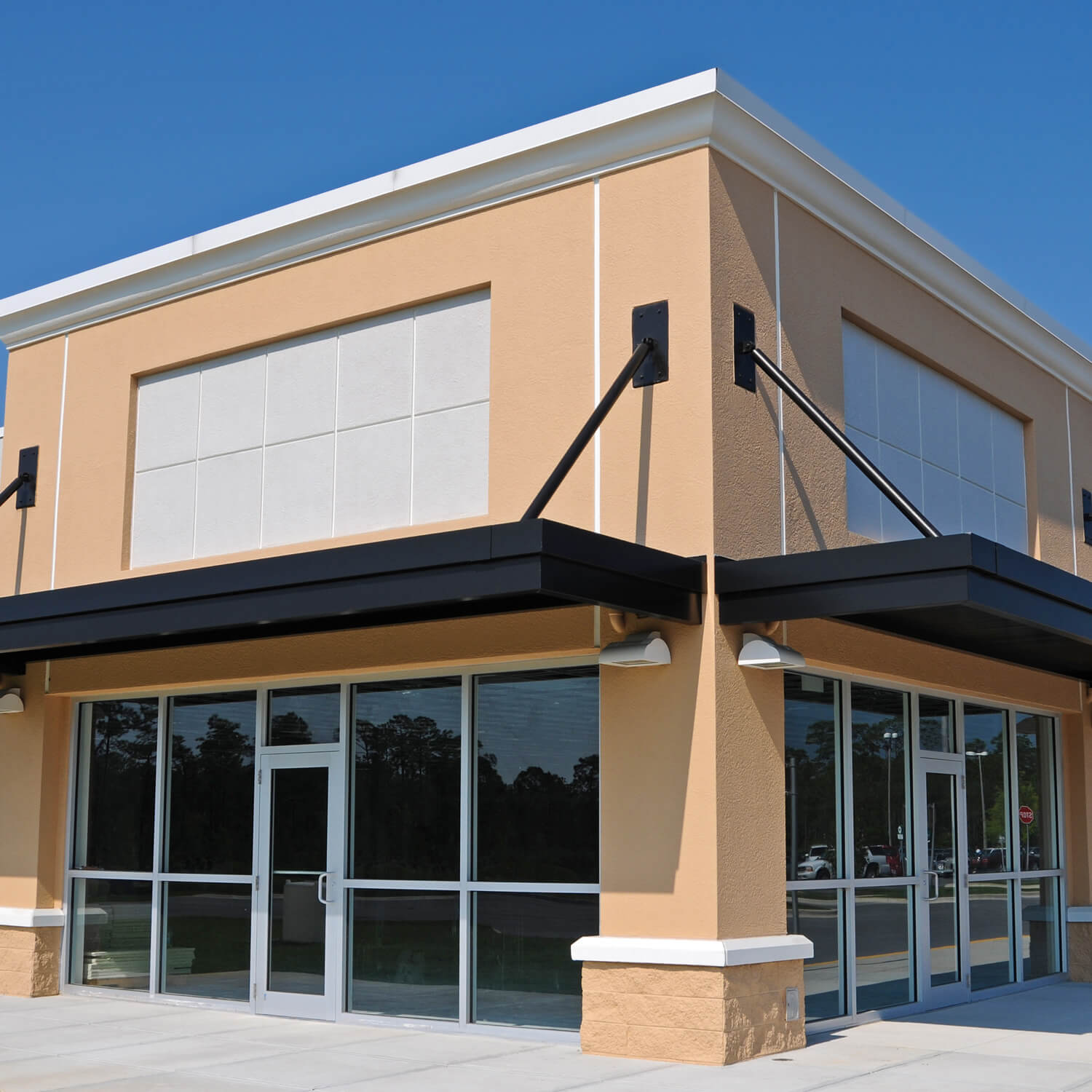Commercial office space is used by businesses for administrative and management activities and can range from high-rise properties to smaller buildings grouped in office parks. Office space is often formatted based on the specific needs of a company and includes traditional office, creative office, co-working space, executive suites, and flex space. Properties can be leased by multiple tenants or occupied by one company.
In commercial real estate, “office” and “retail” are distinct property types representing different sectors of the commercial property market.


Office
- Office properties are commercial real estate assets specifically designed, zoned, or utilized for office-related activities.
- These properties typically consist of office buildings or complexes with spaces designed for professional or business use, including corporate offices, professional services firms, government agencies, and coworking spaces.
- Office properties may vary in size and configuration, ranging from small suburban office parks to large downtown skyscrapers.
- Key features of office properties include open floor plans, private offices, conference rooms, reception areas, common areas, elevators, and amenities such as parking facilities, cafeterias, fitness centers, and on-site management offices.
Retail
- Retail properties are commercial real estate assets specifically designed, zoned, or utilized for retail and commercial activities.
- These properties encompass various types of retail spaces such as shopping centers, malls, strip malls, standalone retail stores, restaurants, and mixed-use developments with retail components.
- Retail properties serve as locations for selling goods and services directly to consumers, and they often include storefronts, retail spaces, restaurants, entertainment venues, and common areas for pedestrian traffic.
- Key features of retail properties include storefronts, display windows, signage, customer parking areas, common areas, amenities such as food courts or entertainment facilities, and access to transportation corridors or major thoroughfares.


Investment and Market Dynamics
- Office and retail properties are both significant sectors within the commercial real estate market, attracting investors seeking stable income streams and potential appreciation in property value.
- Market demand for office properties is influenced by factors such as employment trends, corporate relocations, industry dynamics, and regional economic conditions.
- Market demand for retail properties is influenced by factors such as consumer spending habits, population demographics, retail trends, competition from e-commerce, and location-specific factors such as visibility, accessibility, and foot traffic.
Tenant Profiles
- Office properties attract tenants such as corporate businesses, professional services firms, law firms, financial institutions, technology companies, government agencies, and coworking operators.
- Retail properties attract tenants such as retailers, restaurants, cafes, entertainment venues, fitness centers, service providers, and other businesses catering to consumer needs and preferences.

Whether you are looking for an office or retail space to purchase, lease or sell, at Bray Commercial our knowledgeable professionals can help find you the right retail space for your needs. Our services include, but are not limited to:
- Acquisitions – Bray Commercial can assist you with research, due diligence, lease and purchase.
- Demographic Overviews – Bray Commercial can help you understand where your customer lives, their preferences and lifestyle characteristics, what paths customers take to the store and where they visit before and after the retail site.
- Market Analysis – We can identify underperforming markets, analyze market potential, and find and rank potential locations for your retail real estate investment.
- Void Analysis – Your Bray Commercial professional may be able to identify gaps in specific businesses and services in one area compared to a similar area.
- Competitive analysis – Your Bray Commercial professional may map potential store locations, evaluate the competitive environment of each site, determine the site’s market share, and identify if new trade areas overlap with existing locations.
- Landlord representation – We can help property owners and investors attract and retain ideal tenants while boosting investment value through our access to the leading online database of currently expanding retailers.